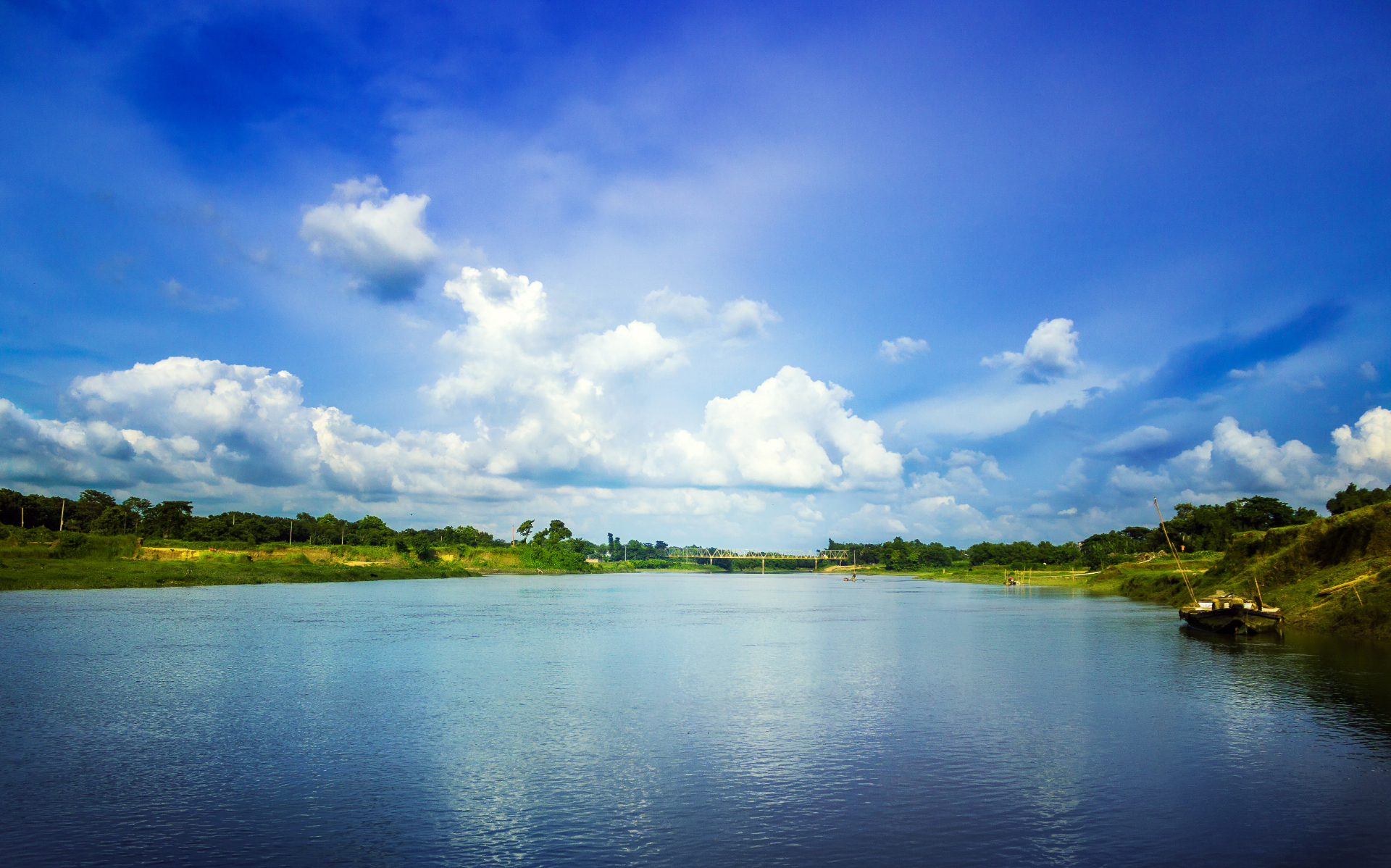River Gumti

Religious Significance
The Gumti is considered to be a sacred river in Tripura. It has got special significance, especially among the tribals and the Bengali settlers. Every winter during the ‘ Pous Sankranti’ , people take a dip in the holy waters of the river at Tirthamukh and worship Goddess Tuiboma. It is believed that a holy dip in the river during ‘Makar Sankranti’ purges all sins. The local people also perform ‘ pinddan’ for their ancestors on the river banks. Pinddan on the banks of Gumti is considered next onlt to the pinddan offered at Bodh Gaya in Bihar. It is said that Vishnu’s footprints are seen at Tirthamukh.
Ecological Significance
River Gumti is the largest, longest and the most important river in the state of Tripura. Some of the most fertile agricultural lands in the state are part of the alluvial deposits laid down by the river. A hydroelectric power plant has been set up by harnessing the Gomati at Dumboor falls. Thousands of tribal people were displaced due to the project that also the disturbed the fragile ecology of the region.
The Gumti river and the reservoir created by the Dumboor dam are surrounded by lush landscape. They attract a large number of resident as well as migratory birds. The river is a rich reservoir of natural and culture fishes.



Place of Origin: Dumboor Lake, Tripura
Length: 285 km
Confluence: River Meghna, Bangladesh